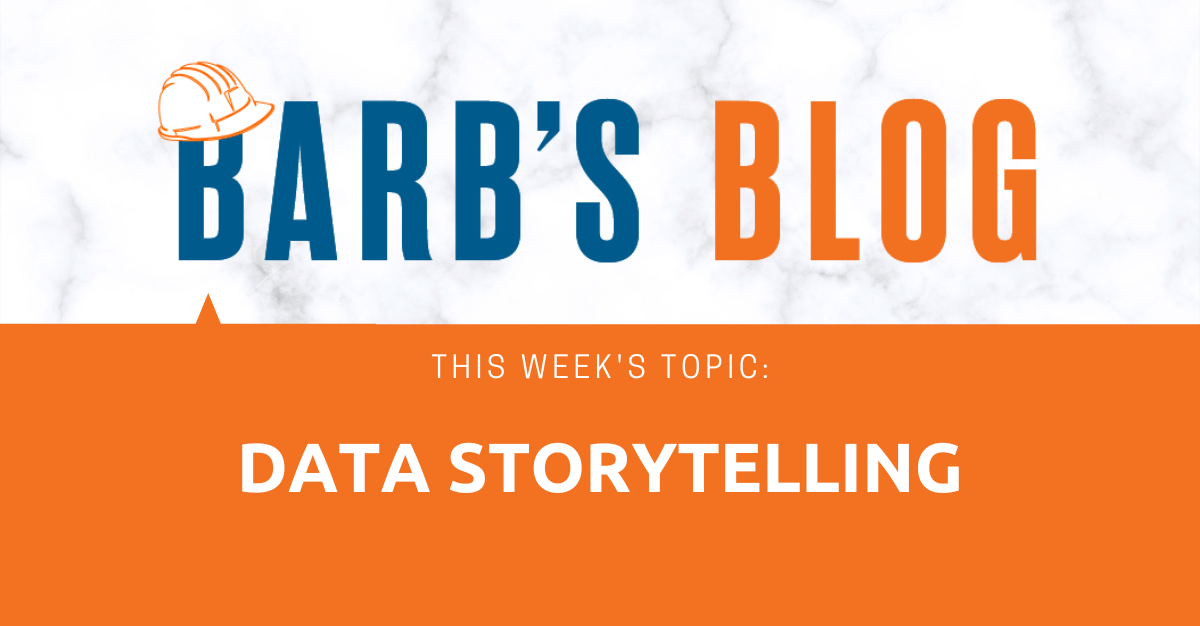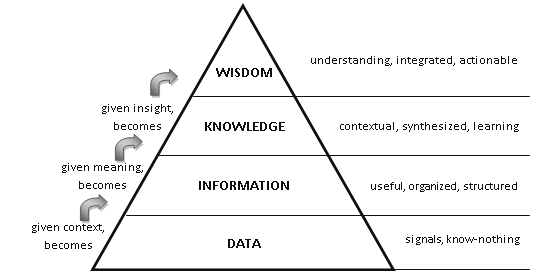
I hated math – hated it. I’m good at it, I just never liked it. Girls weren’t supposed to like math when I was growing up. Fast forward to college and requirements for a degree – mine was statistics. In this class I got an A, because the how and why data is used in statistics is the way my brain works.
Much of the advocacy I do involves data. How many members do we have? What is the total number of certified businesses? What scopes of work do our members do? What is the available number of businesses doing which scope. These are raw number data points. Pie and bar charts, graph line charts, easy to show in a pretty picture what the numbers are.
Raw data numbers alone cannot speak — they need someone to tell the story of their value and give a voice to the picture. I read that data points are like pixels in a picture. “We can zoom in and see the complexity the more we zoom out we see its context. Just as a picture is not an objective representation of reality, neither is data. A photo is shaped and framed by the photographer, and so is data.” Sanika Diwanji wrote in The Startup. Data Storytelling is the term for framing data with a contextual narrative.
Today I want to address the most negatively charged data point I hear in this industry – “white women are getting all the diverse contracting dollars”. I have heard this data as long as I have been with AWC. Now MnDOT’s FFY 2023 DBE Uniform report has been compiled and includes the breakdown of contract awards to DBEs. The breakdown is white women received 88.95% of MnDOT’s DBE contracted dollars. If I were a minority owned DBE this number would frustrate me. Particularly if I was bidding MnDOT work and not getting contracts. Here is the information that is missing from the data for us to apply it correctly:
-
-
- What percent of DBEs, working in the scopes that MnDOT contracts, are women versus minorities?
- How many of the total DBEs in those scopes are bidding MnDOT work?
- How many of those bidding are women versus minorities?
- Of the DBEs bidding the work, what is the breakout of successful bidders to unsuccessful bidders?
- Of those unsuccessful bidders, what is the breakout of women to minorities?
-
Additional information needed to understand the full picture:
-
-
- Of the DBEs not bidding MnDOT work – why aren’t they submitting bids?
- If DBEs are bidding and unsuccessful in winning work, what is the reason? Is it price, availability, meeting all the requirements of the contract or something else?
- What percentage of the firms bidding are union contractors? In this marketplace signatory status can prevent a firm from being utilized on contracts depending on the prime that gets the contract.
-
Let’s take the first clarification: What percent of DBEs, working in the scopes that MnDOT contracts, are women owned versus minority owned? What if the total number of DBEs, working in the scopes that MnDOT contracts, are 80% women and 20% minority. That changes the story of the data where the data looks like pure math and makes more sense.
Similarly, any one of the information questions above can impact the raw data story. It is that information we are suggesting that we gather in one of the committees I sit on at MnDOT. Just looking at data and moving numerical targets will not get to the actionable solutions needed to change.

Image via researchgate.net.
Data storytelling is a pyramid, raw Data is on the bottom, next up is Information, leading to Knowledge and finally topping off with Wisdom. It’s only at the top of the DIKW pyramid can we have the full story. Each level of the pyramid gives a bit more of the picture that the photographer frames.
With Wisdom we can understand the picture and tell the story of the data. We can see the why and find the how to change systems and processes. The landscape we live in today likes to stop at Data in the pyramid. The news, social media, even people you talk to in the store – everyone is taking data and using it to frame their point of view or argument. If we truly want to change the outcomes, we need to gather the data. I encourage you all to hear data but shoot for Wisdom to understand it.
— B
